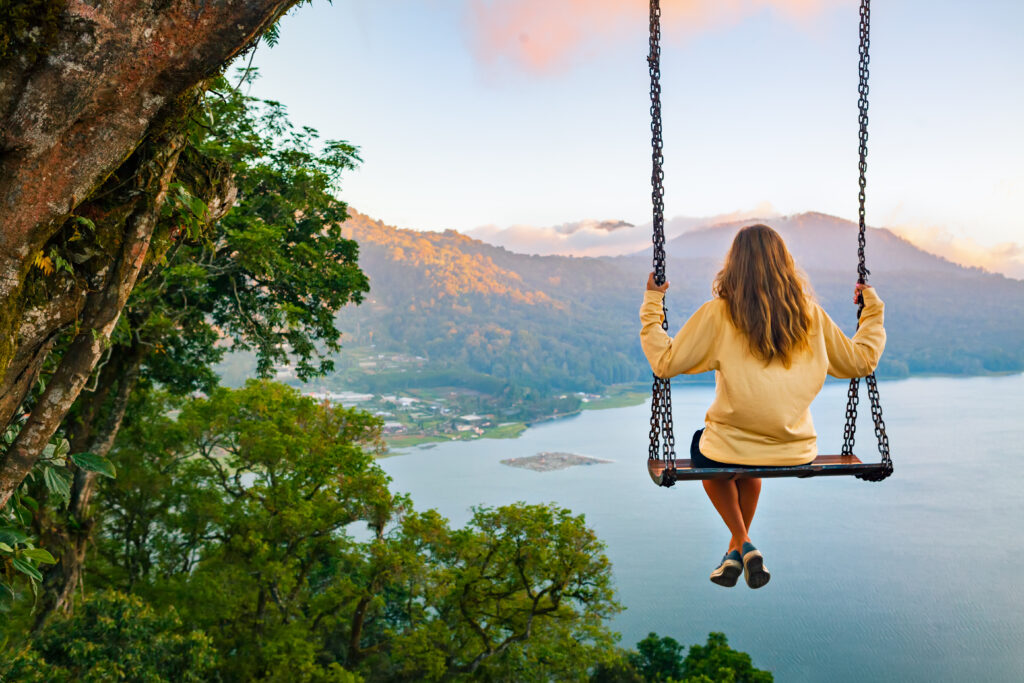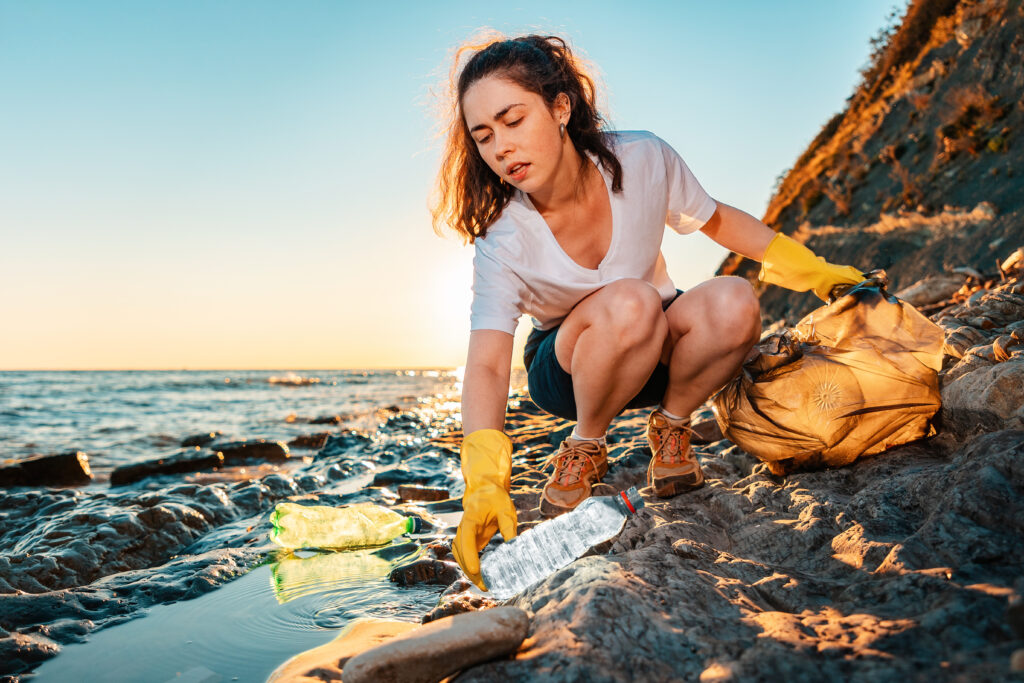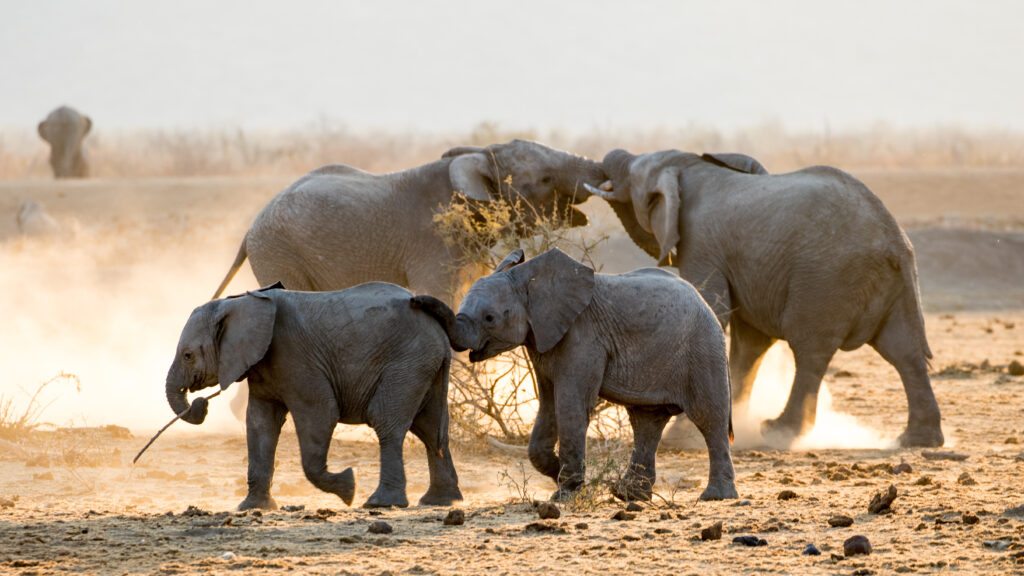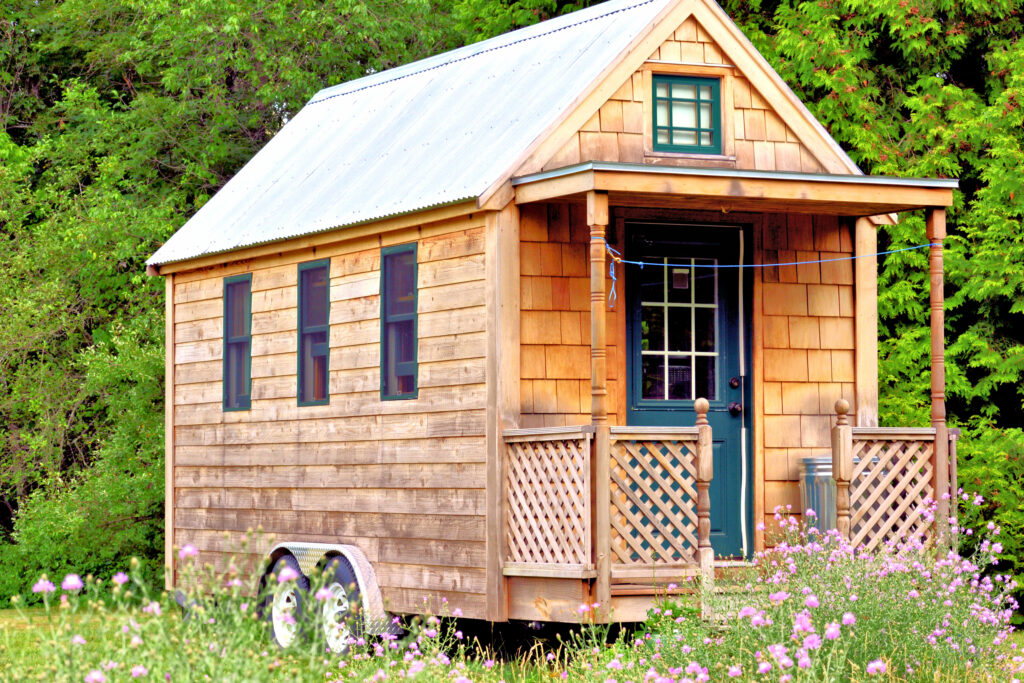
It's possible to protect natural sites when traveling, as long as you follow a few basic rules. Travel doesn't have to be synonymous with pollution and the destruction of habitats and cultural sites, as long as you follow these measures of good conduct for an ecological trip.
1. Don't leave anything behind

When traveling, whether in the city or the wilderness, there's one golden rule: don't leave anything behind. In wild landscapes, however, the presence of garbage cans is not always systematic. That's why it's a good idea to always carry a bag with your belongings, preferably a reusable one to reduce plastic consumption.
Some people go even further, picking up the garbage they come across on their way, to leave natural and cultural sites even cleaner than they found them. We call this approach regenerative tourism: having a positive, rather than negative or neutral, impact on your destination. In this case, as well as a reusable bag, you'll need a pair of gloves to keep your hands clean.
2. Stay on the trails
Trails are there to help you protect natural sites on your trip, so use them! Going off the beaten track means trampling entire ecosystems without realizing it. The plants you step on may be rare and protected, you may unwittingly move stones that provide shelter for animals, and you may contribute to the erosion of fragile terrain, i.e. to soil degradation.
3. Avoid activities that exploit animals

Elephant rides, photo sessions with parrots, crocodile feeding... Tourist operators have no shortage of ideas for exploiting our animal friends. And yet, if you want to protect natural sites on your travels, it's essential to avoid these unscrupulous activities at all costs. They are detrimental to animal welfare, as wild animals have to cohabit with humans under particularly stressful conditions. Many service providers mistreat their animals, feeding them poorly, taming them violently, or even sedating them to make them more docile. This sometimes even contributes to animal trafficking and the capture of species that may be protected. Even some sanctuaries that advertise themselves as animal-friendly can have dubious practices, so it's best to avoid any activity involving animals, unless they're in the wild. In this case, to respect them, it's important never to feed them and always keep your distance.
4. Don't take or move anything
In natural or historic areas, it's easy to be tempted to bring back a few souvenirs. In nature, picking a flower may seem harmless. However, this prevents the plant from reproducing, even though its species may be protected. In the same way, to protect natural sites on a trip, you shouldn't bring back shells or driftwood from the beach, which represent habitats for local fauna.
5. Know the law before you travel
Before you even reach your destination, find out about its laws: many countries and regions have set up rules for travelers, to limit the negative impact of tourism. Slovenia, for example, bans wild camping to limit the pollution associated with it. It is forbidden to sleep in a van outside campsites and designated parking areas.
It's also possible totravel to Venice in a different way, without suffering the damage caused by mass tourism, as long as you follow the city's rules for visitors. It is forbidden to swim in the canals, picnic on the ground or throw garbage on the ground. Since summer 2024, Venice has even launched a ticketing system to limit overtourism. Like Venice, many tourist destinations have introduced rules to regulate tourism, such as banning drones from sensitive natural areas to avoid disturbing wildlife.
6. Use environmentally-friendly products

Protecting natural sites while traveling also involves the products we consume, whether they be food, cosmetics, clothing or anything else. To reduce your carbon footprint, it's essential to buy locally. In addition to supporting the local economy, this limits emissions linked to the transportation of goods. It's also important to use environmentally-friendly products, in particular sunscreens that don't damage the seabed.
7. Travel out of season
Travelling out of season allows you to spread out the pressures on a destination, particularly those on natural resources. As most tourism is concentrated in summer, energy, water and food resources are put under severe strain at this time of year. Water in particular suffers, as it is over-consumed precisely at the time when it is in short supply, i.e. in summer, when droughts are frequent. Travelling out of season is therefore a simple solution for reducing your ecological impact, but also for practicing slow travel, as this is when you can discover your destination in an authentic way. As well as keeping an eye on the season, you can also opt for tourist destinations far from mass tourism, to spread the pressure on resources geographically, but also to participate in the development of these places.
8. Choose eco-friendly accommodation

When traveling, tourist accommodation - be it a hotel, apartment or alternative lodging- is one of the biggest sources of pollution. Between waste production, water and electricity consumption, transport of foodstuffs, cleaning products that aren't always very eco-friendly... the environmental impact of accommodation can be considerable. Choosing eco-friendly accommodation helps to protect natural sites while traveling. To find your way through the various promises made by hoteliers, there's nothing like trusting in sustainable travel labels. They guarantee that the establishment complies with precise specifications to protect the environment.
9. Take part in habitat restoration programs
During your trip, you can get involved with associations to restore various habitats. Some programs, for example, allow you toplant trees to take part in reforestation. Others invite holidaymakers to replant coral fragments, so as to regenerate coral reefs. There are many actions you can take on site, by contacting local associations.
10. Donate to a local association
In addition to volunteers, local associations often need funds to carry out their work. These small associations often have far less visibility, and therefore fewer donors, than large international NGOs, making it difficult for them to take on different projects. On site, or back home, making donations is one of the best ways to protect your destination.


